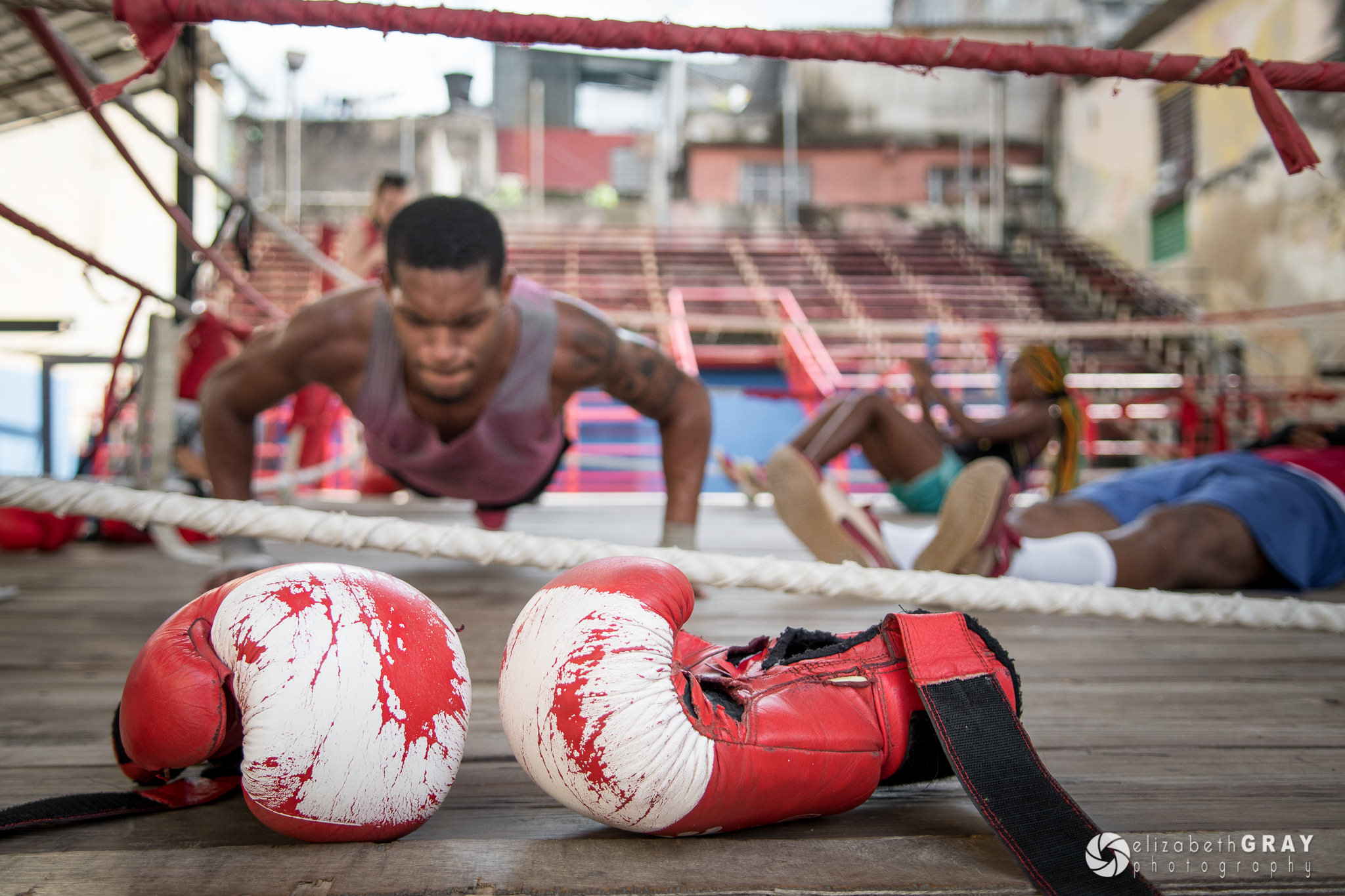Ok so the only way i seem to be able to do forced perspective is cranking the aperture up to f32 or higher which results in a slightly blurry image over all with my lenses.
Any Suggestions?
Any Suggestions?

Ok so tripod mount the camera and take several shots at different focal points? But how do i combine the different focused layers?You are trying to increase your "depth of focus" and that does indeed depend on your lenses and available light.
The smaller aperature cuts a lot of light. Have you tried manually focusing on the loco (with normal aperature) and then taking several shots, not touching the focus but stopping down the aperature?
I suspect you are at the limit of your lens on your camera...
Greg
AH awesome! ill research that.There is a technique called 'focus stacking' that can allow you to extend the apparent focal depth of a photograph. It isn't simple but there are a variety of software packages that will help. You mount the camera on a tripod and take a series of photographs focused progressively down the subject at an optimum aperture such as F8. You then use the software to merge these images. The results can be spectacular and it is widely used in Macro photography where the depth of field otherwise is fractions of a millimeter.
Having said that, I agree with an earlier post that photographs can look better with the right choice of depth of field and some part of the image slightly blurred.
Robert
To each their own, I guess, but I find that using telephoto type lenses, everything is foreshortened and looks unreal.By using a telephoto/zoom, and getting further away, and then zooming to fill the frame, you will have a larger depth of focus.
Greg

 photographylife.com
photographylife.com
